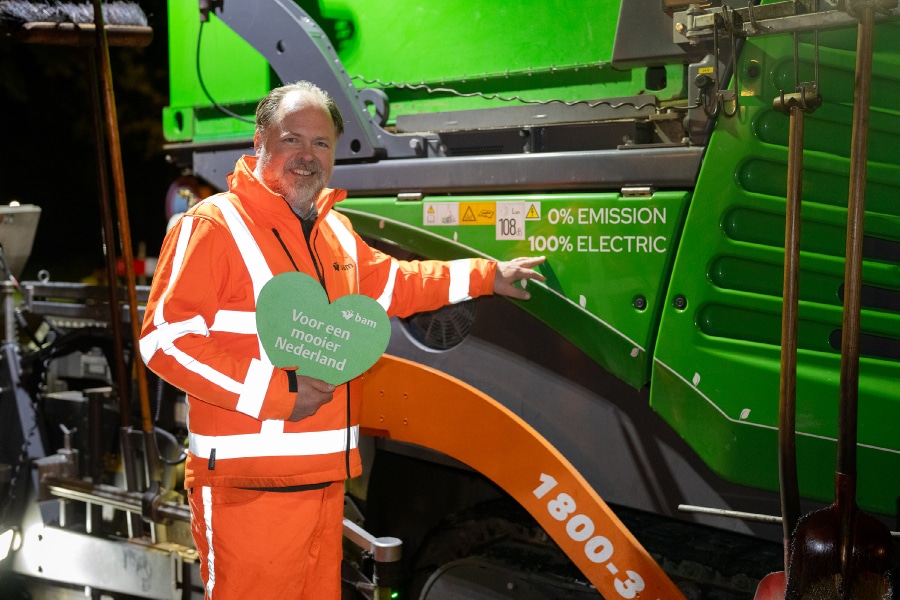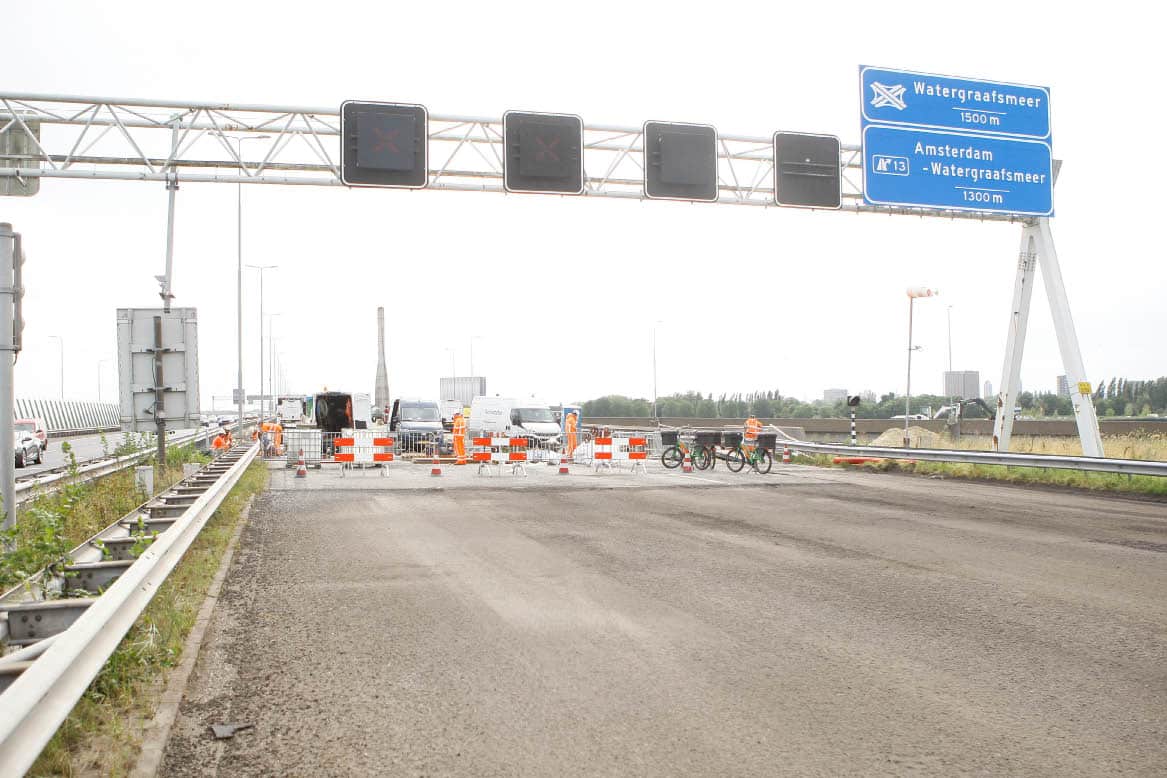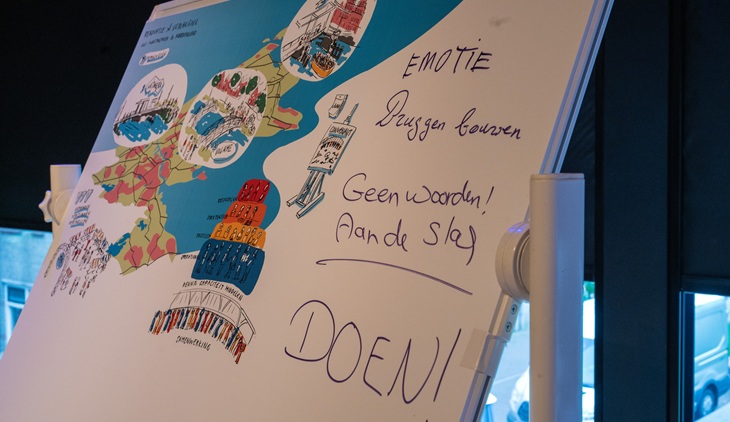APG: ‘We have a new strategy much more explicitly tilted towards net zero’

- by maurya18@gmail.com
- January 30, 2024

Investing for net zero seemed a pertinent subject as Infrastructure Investor caught up with Jan-Willem Ruisbroek, head of global infrastructure investment strategy for Dutch pension manager APG. Storm after storm has hit northern Europe this winter, and the interview happened an hour after a weather-induced power outage in Amsterdam, where APG is headquartered.
The energy transition is at the core of APG’s infrastructure investments – a theme they are willing to commit to in style. The Dutch government is about to invite proposals for two offshore wind developments with a 2GW capacity each, and APG will bid alongside SSE Renewables through the Noordzeker consortium set up late in 2022 with these projects in mind. “We’re still working to ensure that we feel comfortable with all the parameters of the bids. But the plan is to submit for both tenders,” says Ruisbroek.
Already, the pension manager is invested in a 396MW German offshore wind farm, but a greenfield offshore development would be a new undertaking, and so would the scale of the project, should the bid succeed. As a reference, a 2GW offshore German wind park had an estimated cost of €4 billion in 2021, according to utility RWE, and costs have only risen since then.
Net-zero-focus
While there is an element of chance to bidding processes, APG’s infrastructure strategy is on more secure footing. The mandate from the Netherland’s largest pension fund, ABP, is about to be renewed, and the fund’s allocation to infrastructure was increased in December from 4 percent to 7 percent. This was a consequence not only of the asset class’s good performance but also of infrastructure’s strong ESG profile, as the pension fund is looking to make its money provide more than a monetary return, with APG as a willing participant.
“We have defined a new, updated investment strategy, which is much more explicitly tilted towards reaching net zero in the next few decades,” says Ruisbroek. There is also more focus on APG’s and ABP’s potential impact – both in terms of where to put the capital but also what can be done to transition portfolio companies. “It’s still a draft mandate, but we expect to have it approved over the next few weeks or months,” he adds.
The resulting strategy is based on five themes: clean and connected renewable power; decarbonised mobility and transport; equality and quality of life; digital infra and enhanced connectivity; and a resource-efficient and circular economy.
“The truth is that it [the draft mandate] did not lead to tremendous changes in the investment strategy, as we were already working with this in the back of our minds. But now we are able to better articulate what we’re aiming for and what is the DNA of this portfolio,” says Ruisbroek.
Limited room for funds
As before, the aim is for 80 percent of APG’s managed capital to be invested directly, but the remaining 20 percent will not necessarily end up in GP-led infra-funds, says Ruisbroek. Instead, APG prefers managed accounts.
“When we go to the GP, it is because there’s a niche market. We can’t do it. Can you do it for us?” says Ruisbroek. An example is on hydropower, where APG is a prominent investor in Norwegian and Swedish run-off-river power plants. “We did some fundamental research in the market and wanted to get in but felt that the individual assets were just too small for us to invest, and we lacked the operational skill set. So, we set up a single managed account, essentially an aggregator, with a GP.
“If a managed account is not possible and we feel there’s a market where we can’t execute as effectively as a GP would, then we would go to a big GP-managed fund,” Ruisbroek adds.
When placing the lion’s share of the funding, APG is not looking to do it alone. Dutch pension funds are generally limited to a maximum of 50 percent ownership of a company, so partnering is essential and Ruisbroek is keen to work with other investors – as long as they share APG’s goals. Current partnerships include investments in the Netherlands, India and the US with Canada’s OMERS Infrastructure; and – most recently – with the Abu Dhabi Investment Authority on a toll road in Indonesia.
“In general, we like to partner with like-minded institutions, such as other pension funds, insurance companies and sovereign wealth funds. There are clear benefits to working with parties who have the same kind of long-term view on infrastructure investments and who have the same ambitions as we have in terms of larger social themes like energy transition, digital transition, and so on,” says Ruisbrook, adding: “Working with partners broadens your view and leads hopefully to better investment decision making.”
Helping abroad
Geographically, the new mandate shouldn’t mean a whole lot of change as investments in the Netherlands will continue to feature high on the agenda. “There is a home bias,” says Ruisbroek, though around 10 percent of the allocation may go to emerging countries to capture “real economic growth”.
In such regions, APG “would like to allow those countries to leapfrog straight into the greenish technologies”. And, in general, brownfield investments would be preferred, as “greenfield is complicated stuff in emerging countries and we’re very careful with that type of thing, so we would only do this with a very strong local partner”, explains Ruisbroek.
For investments in developed markets, “we believe that our role can be to help. Our philosophy in a country like the US is that we’d like to transition the existing infrastructure into greener infrastructure”.
APG is facing more competition these days from other investors looking to invest directly. Lately, both AustralianSuper and AwareSuper have announced intentions to muscle in on the European market, but Ruisbroek is unfazed and even encouraged. “Competition is a good thing, and there are enough opportunities for everybody.”
He adds: “We have some very big global social challenges, of which the energy transition is one. And when we look at how much capital is needed in order to succeed with the energy transition, the numbers are so big that you would welcome each and every little sum of money coming into the sector to make it all happen. And that is where my heart is.”
The Latest News
-
December 21, 2024Bondscoach rolstoelbasketbalsters op non-actief na meldingen grensoverschrijdend gedrag
-
December 21, 2024Tot en met 31 maart geen voetbal in Nederland
-
December 20, 2024Nederland – Griekenland op tv: hoe laat en op welke zender kijk je naar Oranje?
-
December 20, 2024Travel Legends organiseert bijzondere wijnreis met topsommelier Noël Vanwittenbergh – Reisbizz
-
December 20, 2024NBA publiceert Alert vanwege late implementatie CSRD in Nederland





